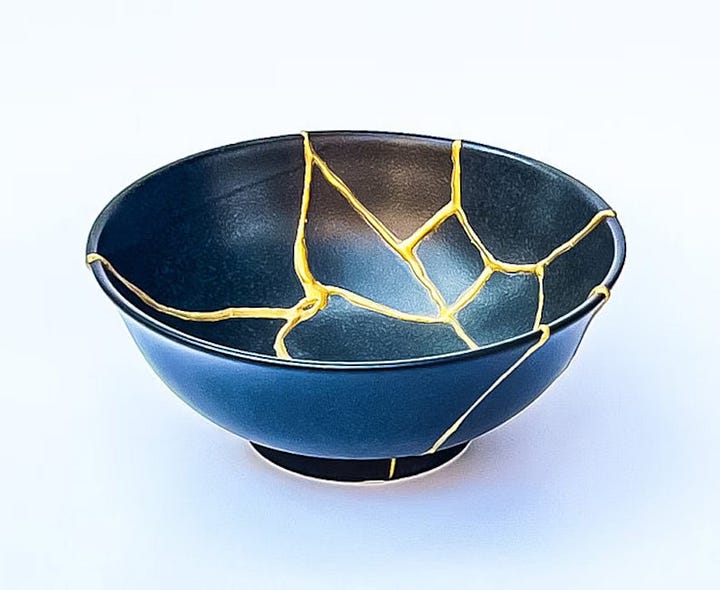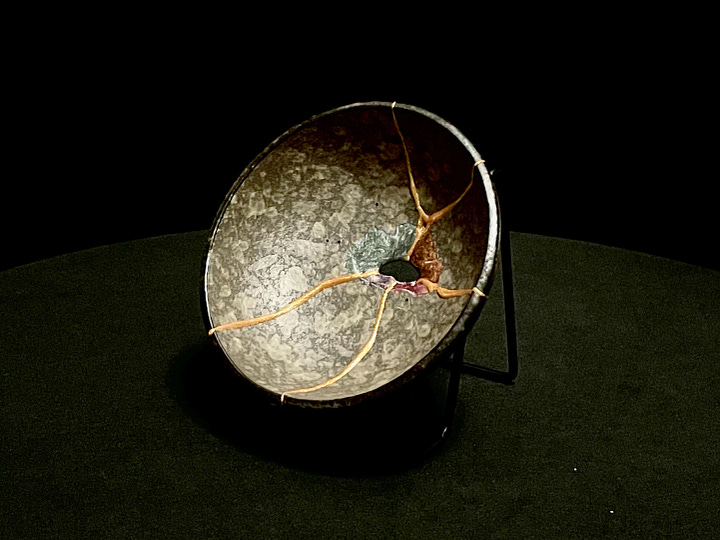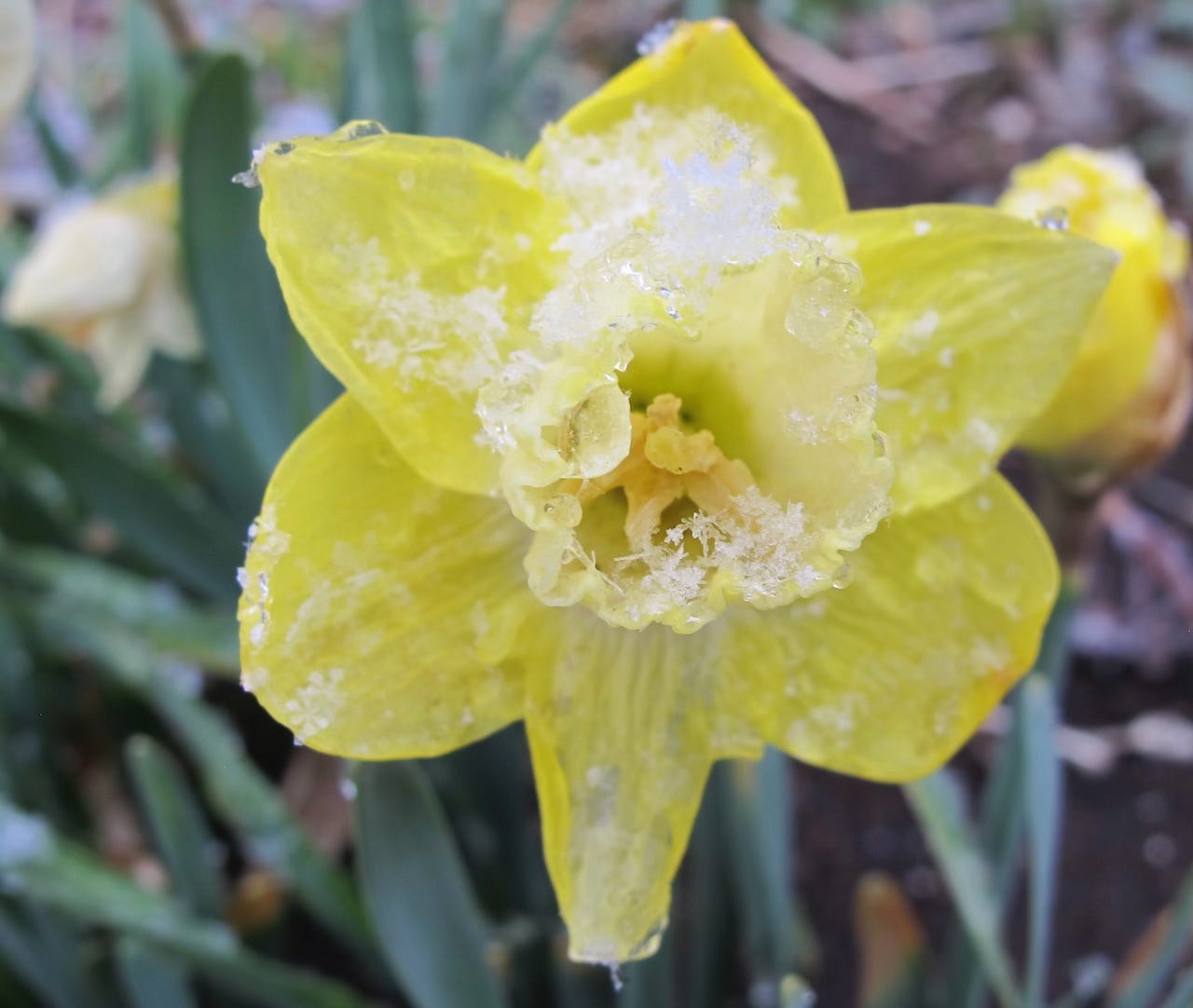Hello Friends!
It’s May Day, Beltane (behel-tin-eh) in the Celtic calendar, a day that here in the Northern Hemisphere marks the transition to “pastoral summer,” as Julia Swanson calls it in her Vedic astrology forecast for May. “Pastoral” because Beltane marks the day when the flocks and herds leave the home farm to graze more widely on summer pastures.
Pastoral has another meaning too: “concerning the giving of spiritual guidance or counsel.” It seems to me that nature is pastoral in that sense, a community of lives interrelating and thriving in ways that can teach us core spiritual values including cooperation, creativity, connection and resilience.
Falling halfway between the Spring Equinox and the Summer Solstice, May Day is a time of opening: the days are growing longer and life is full of swelling green and buds and emergence—of possibility. Celebrating openings and renewed light and life is not frivolous in these uncertain times; it’s a necessary inspiration for living through the now with grounding and grace.
The maypole dance
Of all of the Beltane rituals, I am drawn to the maypole, where dancers each hold a colored ribbon attached to the pole overhead and weave patterns as they dance in and out around each other. It takes practice and focus to create something joyous and graceful and not just a tangle!
As I wrote in a longer post about Beltane last May, the art of that dance offers us wisdom about living life in a way that creates community and beauty:
“Dancing the maypole requires awareness of self and others, a focus on creating harmony within and without so as not to obstruct the flow and tangle the pattern, all the while having fun. That’s good practice for life in general, it seems to me.”

Kintsugi, the art of brokenness
“Kintsugi celebrates a break, honoring the story of the object, its ruin and repair. Mistakes and accidents are simply a part of the experience of living.”
—KonMari website
As world and national events continue to make me feel like all I depend on—this earth, the American democracy and government, society itself—are breaking up, I have become interested in metaphors for repair and healing. (Hence the first book we’re reading for the Terraphilia Book Club, Terry Tempest Williams’ Finding Beauty in a Broken World.)
One practice that appeals to me is the Japanese craft of Kintsugi, repair of broken objects in a way that celebrates the brokenness by integrating it into or highlighting it in the repair. It is a way to restore a beloved object with renewed beauty.




The KonMari website says that Kintsugi grows out of the Japanese philosophy of wabi-sabi, accepting impermanence and imperfection, along with the very terraphilic ideas of minimizing waste and flowing with change.
The traditional process involves glueing the pieces together with a lacquer made of tree sap, and then applying gold or other precious metals to the seams to highlight them, rather than hiding them, and even leaving holes where pieces are missing, so the mend becomes art in itself.
The metaphor is incredibly apt for these times: Simply attempting to piece everything together in a way that it looks “good as new” will not work when so much is breaking up. Kintsugi offers us a model of how to practice repairing and restoring in ways that incorporate new understanding of what happened, allowing us to take responsibility for our part in it, and to grasp that from the broken pieces, we can rebuild anew.
“We have so few models of repair in our society right now. Our administration’s symbol of strength and change is a literal chainsaw. It’s hard to imagine something being in deeper contrast to Kintsugi than that.”
—Brooke Warner, “The Art of Repair” on Writerly Things
The art of Kintsugi teaches how to accept and embrace our scars as records of the beauty and brokenness in simply living life. How to mend our world—starting with the smallest pieces—in a way that strengthens and conveys grace on what is now broken, and can again be whole in new ways.
How does Kintsugi relate to your life and your feelings about the world today? Hit the comment button at the end of the post and let us know.
Terraphilia Book Club reminder
We’re reading Terry Tempest Williams’ Finding Beauty in a Broken World. I’ll post the first round of discussion questions May 22nd, and if you miss that, the second round will come June 19th (Juneteenth!). Join us by reading and commenting on the discussion posts.
No newsletter next week
I’ll be traveling for a family visit (it’s graduation time!) so I am taking a few days off. Think good thoughts of me next Thursday as I board a plane for the first time in a decade. It should be interesting….
Blessed Beltane to you all, Susan





Happy Beltane to you too, Susan, and thank you for adding to my admittedly skimpy knowledge of the meaning of this day. I also love that you mentioned kintsugi. I have a whole chapter in my book devoted to that. I use it with my counseling clients (and myself, in the book) as a metaphor for healing from trauma ... but I love how you're applying it here to our overall state of the world now. Thank you for that!
When you mentioned the Japanese art of repairing objects, this reminds me that I'm healing from shingles and I'll need to repair the skin in my face. Should I sparkle gold dust on my skin after it heals? I have a feeling the skin won't be the same as it was before.
May and June are my favorite months. Both of my grandmothers, and two dogs I knew were all born in May. And the May flowers are the best, in my opinion--especially lilacs.